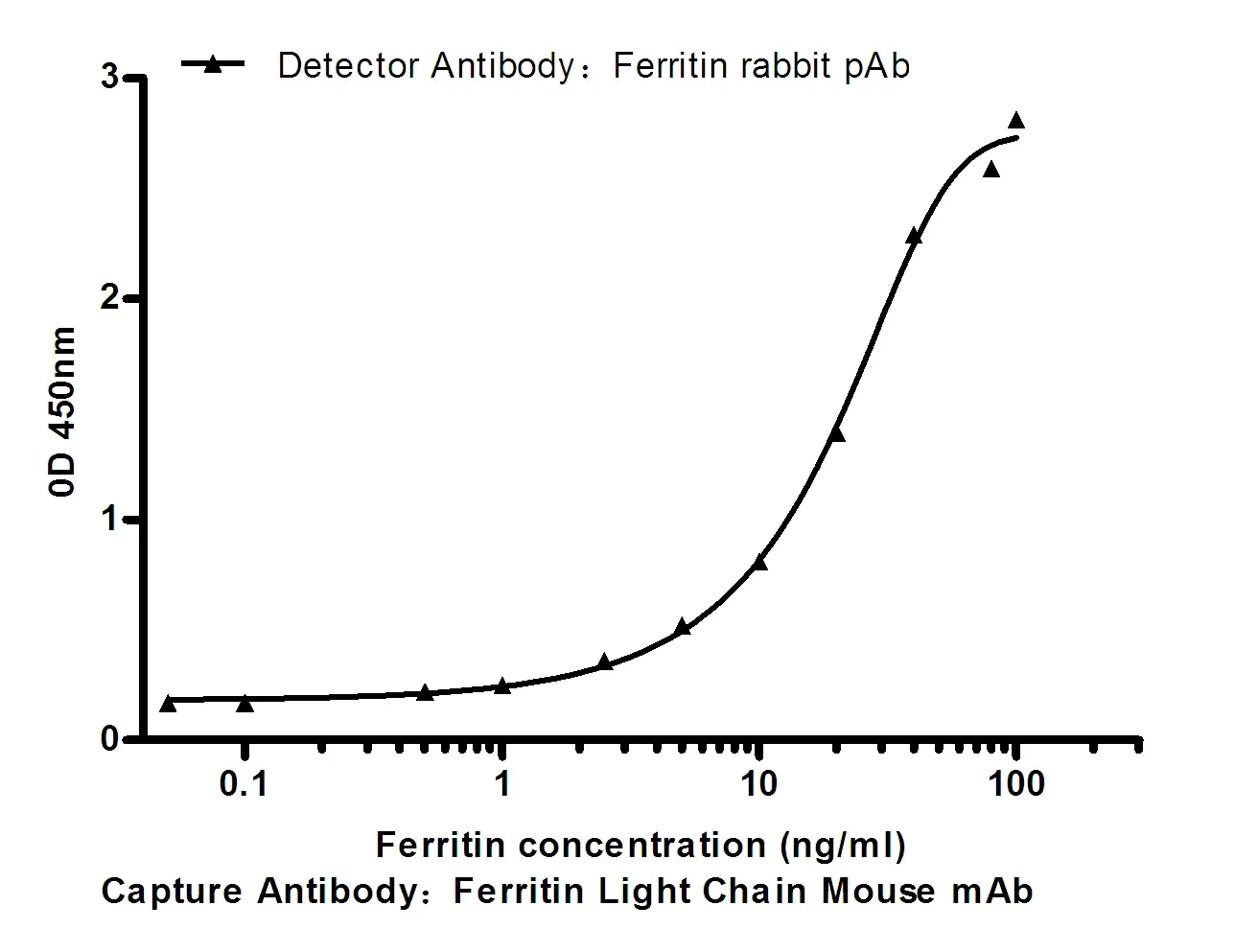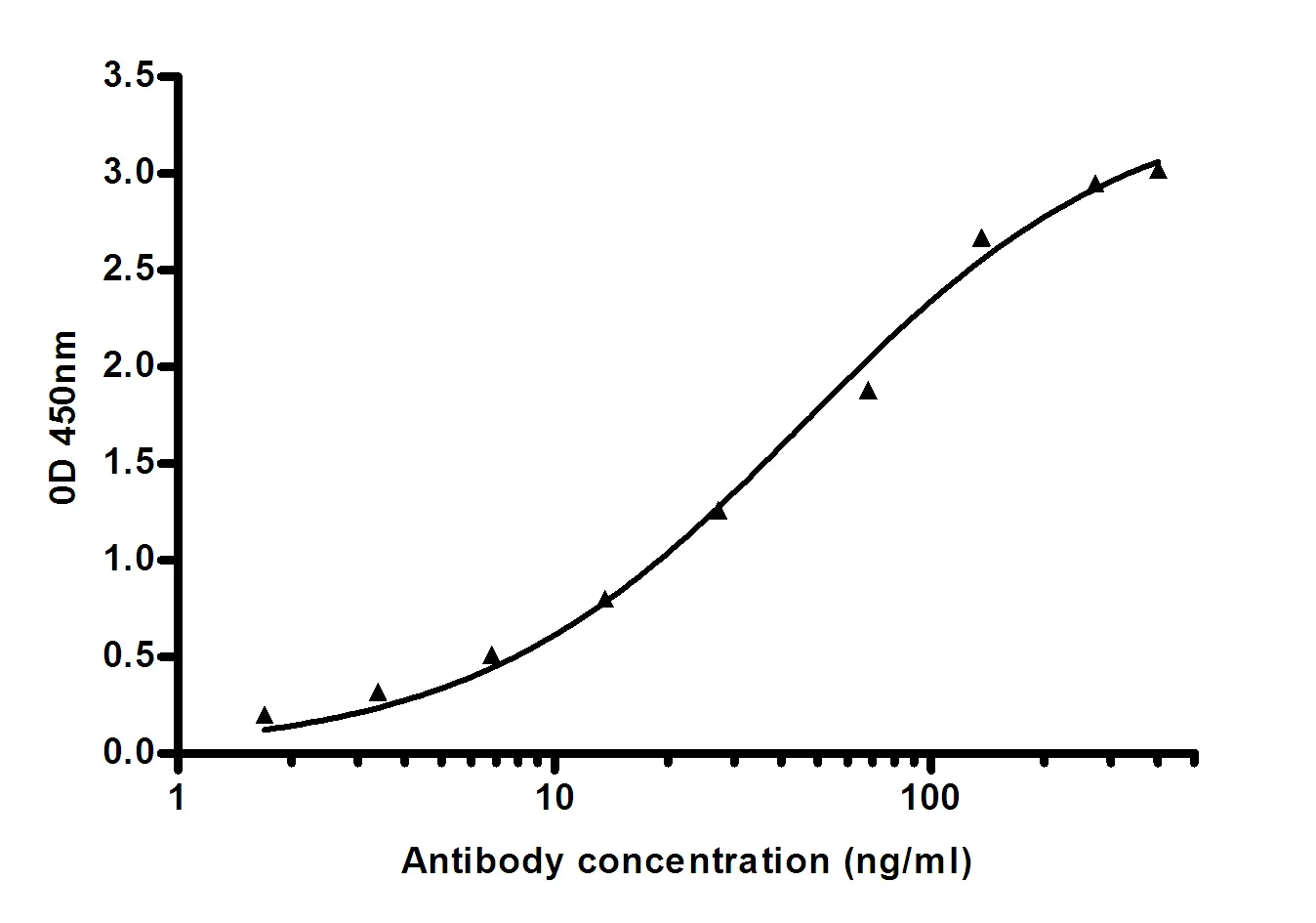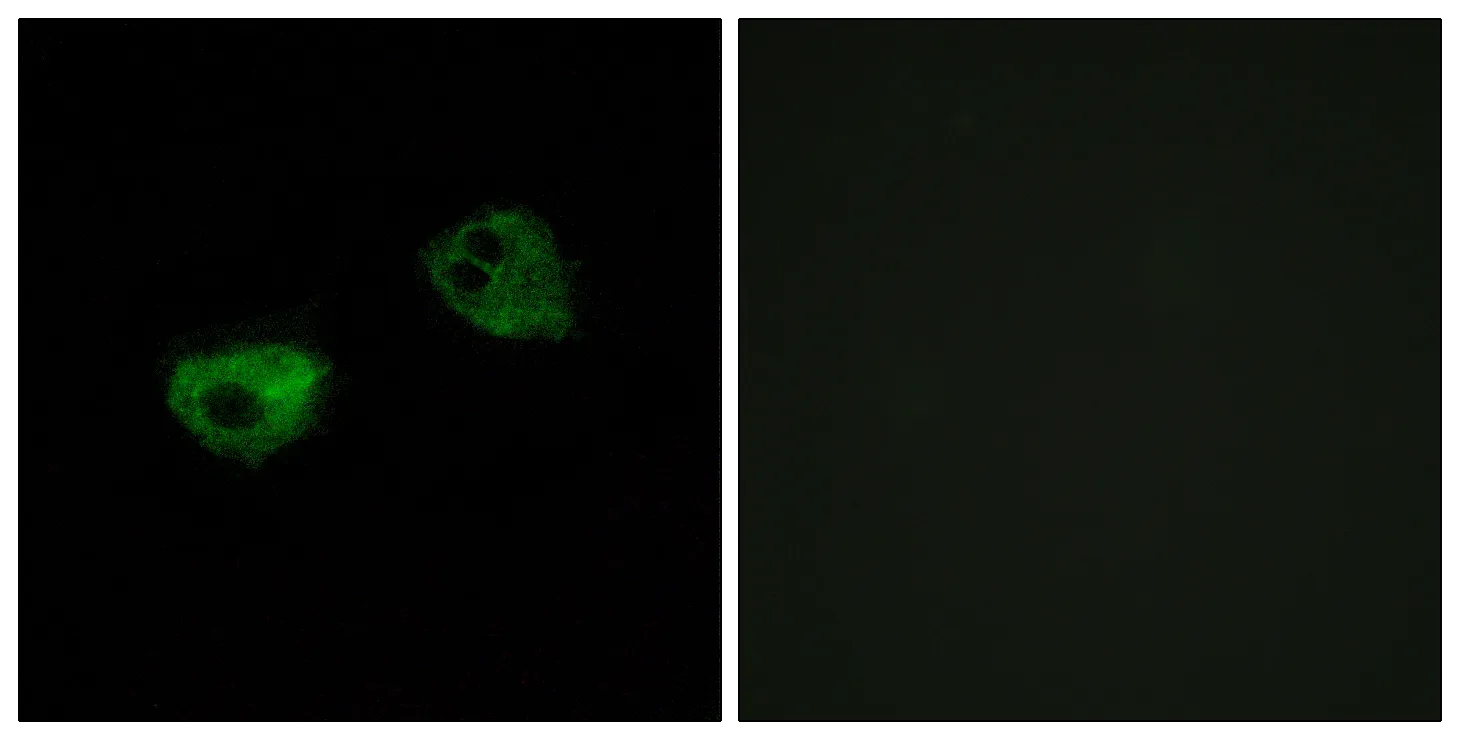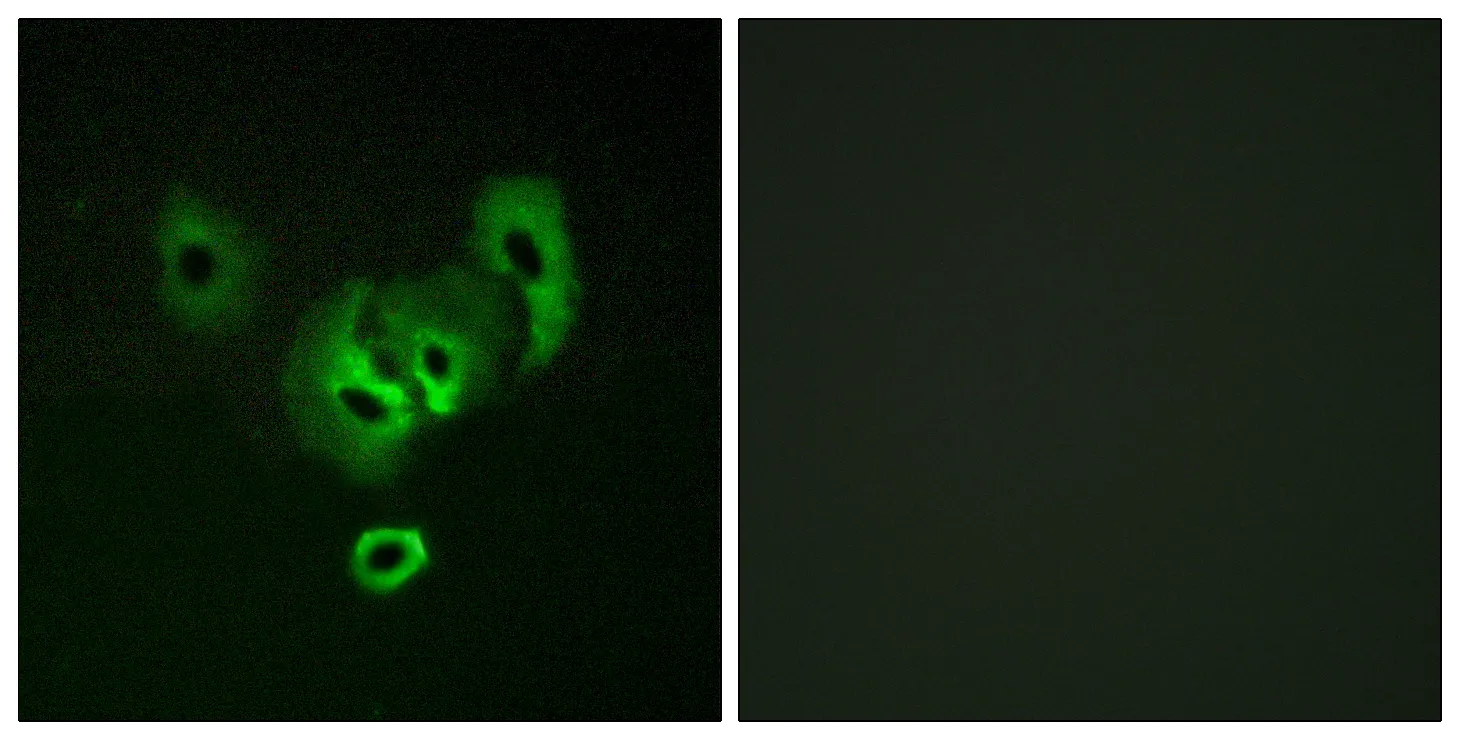Summary
Performance
Immunogen
Application
Background
Apolipoprotein C-III is a very low density lipoprotein (VLDL) protein. APOC3 inhibits lipoprotein lipase and hepatic lipase; it is thought to delay catabolism of triglyceride-rich particles. The APOA1, APOC3 and APOA4 genes are closely linked in both rat and human genomes. The A-I and A-IV genes are transcribed from the same strand, while the A-1 and C-III genes are convergently transcribed. An increase in apoC-III levels induces the development of hypertriglyceridemia. [provided by RefSeq, Jul 2008],disease:Defects in APOC3 may be a cause of hyperalphalipoproteinemia [MIM:143470]. Affected individuals show high levels of alpha-lipoprotein (high density lipoprotein/HDL).,function:Inhibits lipoprotein lipase and hepatic lipase and decreases the uptake of lymph chylomicrons by hepatic cells. This suggests that it delays the catabolism of triglyceride-rich particles.,PTM:O-linked glycan consists of Gal-GalNAc disaccharide, further modified with up to 3 sialic acid residues.,similarity:Belongs to the apolipoprotein C3 family.,tissue specificity:Constitutes 50% of the protein fraction of VLDL and 2% of that of HDL. Synthesized predominantly in liver and to a lesser degree in intestine.,
Research Area
PPAR;




